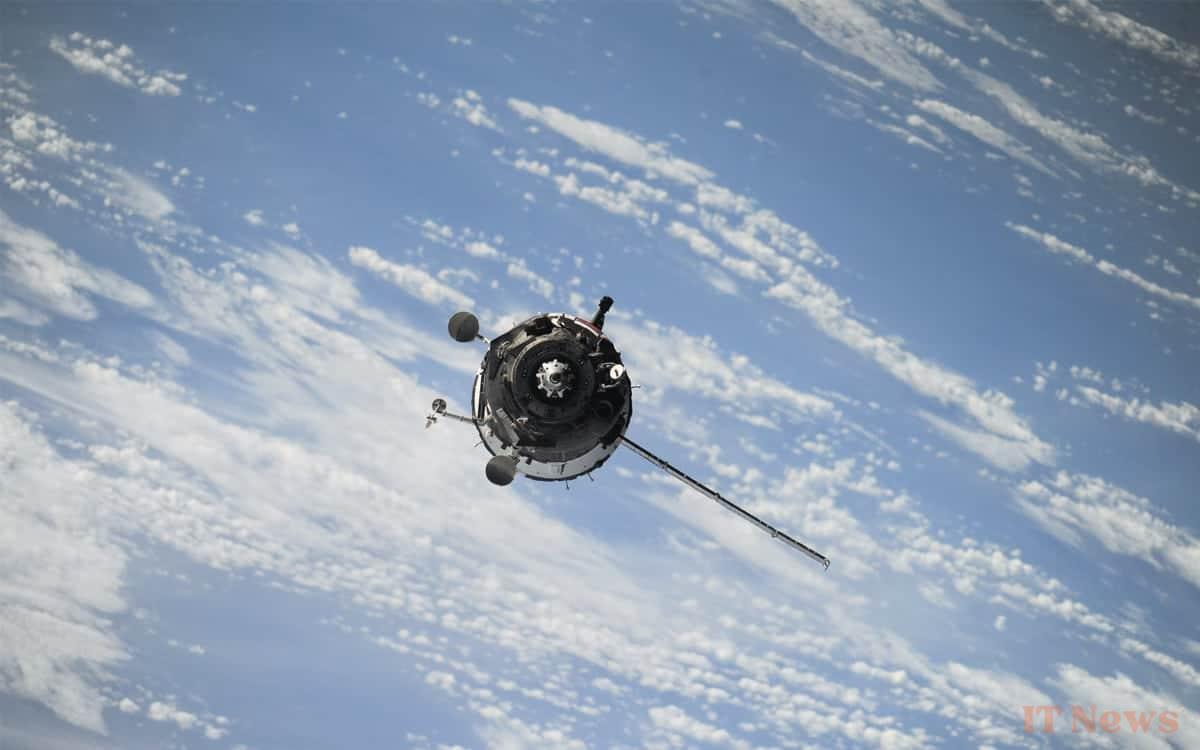Climate change is not limited to the Earth's surface. A recent MIT study reveals an unexpected impact on low-Earth orbit, threatening the future of satellites and the services they provide.
Climate change, whose effects on Earth are widely documented, could have unexpected consequences on space near our planet. A study conducted by researchers at the Massachusetts Institute of Technology (MIT) reveals that increasing greenhouse gas emissions could significantly reduce the capacity to accommodate low-Earth orbit satellites by the end of the century.
Indeed, the researchers found that the increase in greenhouse gases in the Earth's atmosphere leads to a cooling and contraction of the thermosphere, the atmospheric layer where most satellites operate.
Read also – This CEO was arrested for selling thousands of satellite receivers to innocent people, transformed into cyberattack weapons
A domino effect in space
The contraction of the thermosphere, located between 85 and 600 kilometers in altitude, has direct consequences on the management of space debris. By reducing the density of the atmosphere, this phenomenon reduces "atmospheric drag," a natural friction force that helps remove debris by gradually lowering and burning it up in denser layers of the atmosphere.
This reduction in atmospheric drag extends the lifespan of space debris in orbit, increasing the risk of collisions. Simulations conducted by the MIT team show that, under a high-emissions scenario, the capacity to accommodate satellites in low Earth orbit could decrease by 50 to 66 percent by 2100. This situation could lead to instability increasing, with a risk of cascading collisions, rendering certain orbital areas unusable.
The issue is all the more crucial as the number of satellites in low orbit has exploded in recent years, particularly with the deployment of mega-constellations to provide high-speed internet. In 2023, more than 10,000 satellites were in operation, and this number continues to increase.
Researchers emphasize the urgency of taking measures to limit greenhouse gas emissions greenhouse effect and better regulate the number of satellites launched. Without concerted action, low Earth orbit could become too crowded, compromising the essential services these satellites provide, such as communications, navigation, and climate monitoring. 5. This study highlights the increased risk of "Kessler syndrome," a worst-case scenario in which collisions between objects in orbit generate so much debris that space gradually becomes unusable. To avoid this scenario, proactive management and international cooperation are needed, involving both the reduction of greenhouse gas emissions and the reduction of greenhouse gas emissions. greenhouse effect on Earth and stricter regulation of space activities.




0 Comments